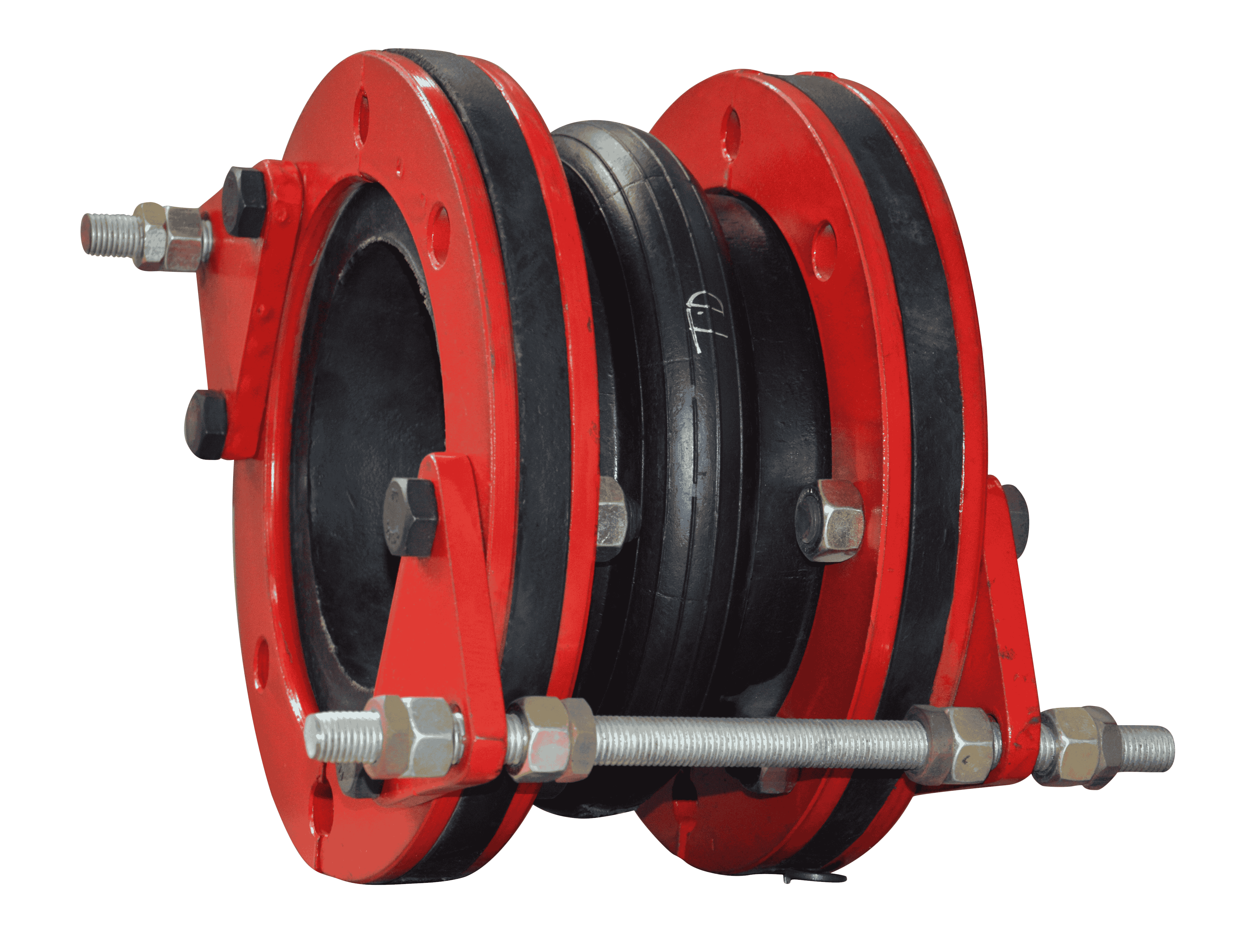How to handle lead handoffs between marketing and sales to close more deals
A smooth lead handoff is critical for maximizing conversion and avoiding dropped opportunities. Here's how to handle lead handoffs between marketing and sales seamlessly:
Define a Shared Lead Qualification Criteria
Both teams must agree on what makes a lead "sales-ready." Use lead scoring models based on behavior, demographics, or engagement levels.
Use a Centralized CRM
Store and track all leads in one CRM accessible to both teams. This ensures visibility, context, and timely follow-up.
Automate the Handoff Process
Set up automation rules to assign leads to sales reps as soon as they meet the defined criteria. This reduces delays and human error.
Provide Contextual Lead Data
Marketing should pass along all relevant touchpoints—downloads, email engagement, campaign history—so sales reps can personalize their outreach.
Align Through Regular Communication
Hold regular meetings between sales and marketing to review lead quality, feedback, and optimize the process continuously.
Handling lead handoffs between marketing and sales isn’t just about tools—it’s about communication, clarity, and continuous feedback. A well-structured handoff can significantly improve pipeline efficiency and close rates.
#MarketingToSales #LeadHandoff #B2BSales #LeadManagement #RevenueGrowth
A smooth lead handoff is critical for maximizing conversion and avoiding dropped opportunities. Here's how to handle lead handoffs between marketing and sales seamlessly:
Define a Shared Lead Qualification Criteria
Both teams must agree on what makes a lead "sales-ready." Use lead scoring models based on behavior, demographics, or engagement levels.
Use a Centralized CRM
Store and track all leads in one CRM accessible to both teams. This ensures visibility, context, and timely follow-up.
Automate the Handoff Process
Set up automation rules to assign leads to sales reps as soon as they meet the defined criteria. This reduces delays and human error.
Provide Contextual Lead Data
Marketing should pass along all relevant touchpoints—downloads, email engagement, campaign history—so sales reps can personalize their outreach.
Align Through Regular Communication
Hold regular meetings between sales and marketing to review lead quality, feedback, and optimize the process continuously.
Handling lead handoffs between marketing and sales isn’t just about tools—it’s about communication, clarity, and continuous feedback. A well-structured handoff can significantly improve pipeline efficiency and close rates.
#MarketingToSales #LeadHandoff #B2BSales #LeadManagement #RevenueGrowth
How to handle lead handoffs between marketing and sales to close more deals
A smooth lead handoff is critical for maximizing conversion and avoiding dropped opportunities. Here's how to handle lead handoffs between marketing and sales seamlessly:
✅ Define a Shared Lead Qualification Criteria
Both teams must agree on what makes a lead "sales-ready." Use lead scoring models based on behavior, demographics, or engagement levels.
✅ Use a Centralized CRM
Store and track all leads in one CRM accessible to both teams. This ensures visibility, context, and timely follow-up.
✅ Automate the Handoff Process
Set up automation rules to assign leads to sales reps as soon as they meet the defined criteria. This reduces delays and human error.
✅ Provide Contextual Lead Data
Marketing should pass along all relevant touchpoints—downloads, email engagement, campaign history—so sales reps can personalize their outreach.
✅ Align Through Regular Communication
Hold regular meetings between sales and marketing to review lead quality, feedback, and optimize the process continuously.
💡 Handling lead handoffs between marketing and sales isn’t just about tools—it’s about communication, clarity, and continuous feedback. A well-structured handoff can significantly improve pipeline efficiency and close rates.
#MarketingToSales #LeadHandoff #B2BSales #LeadManagement #RevenueGrowth
0 Commentarii
0 Distribuiri
2K Views
0 previzualizare









